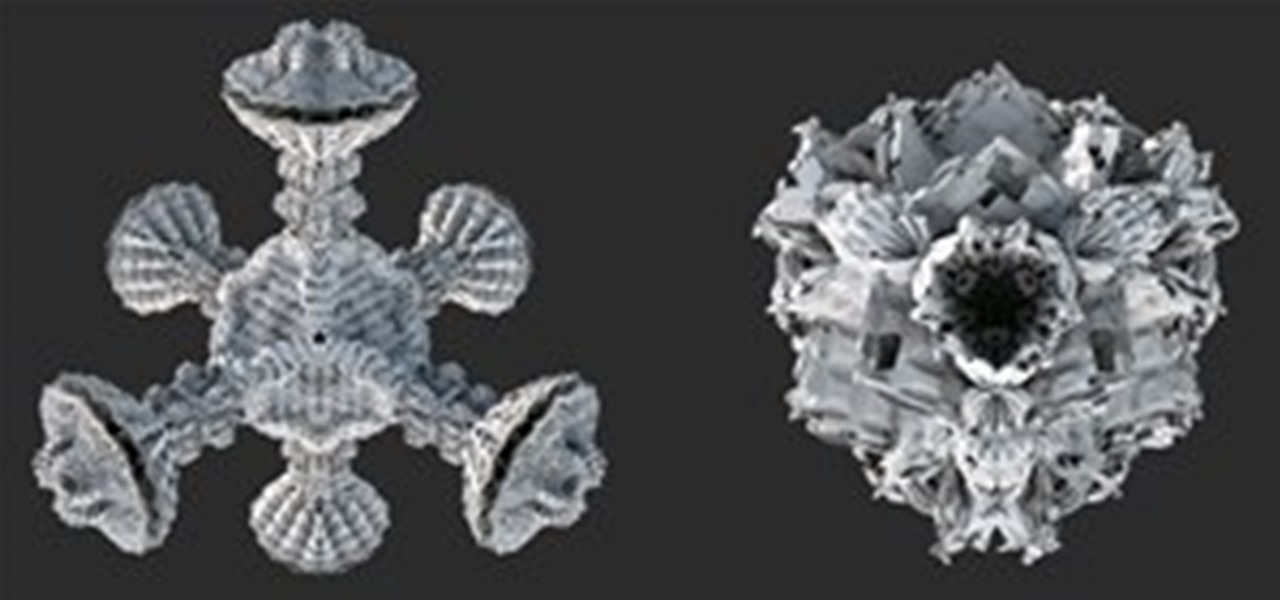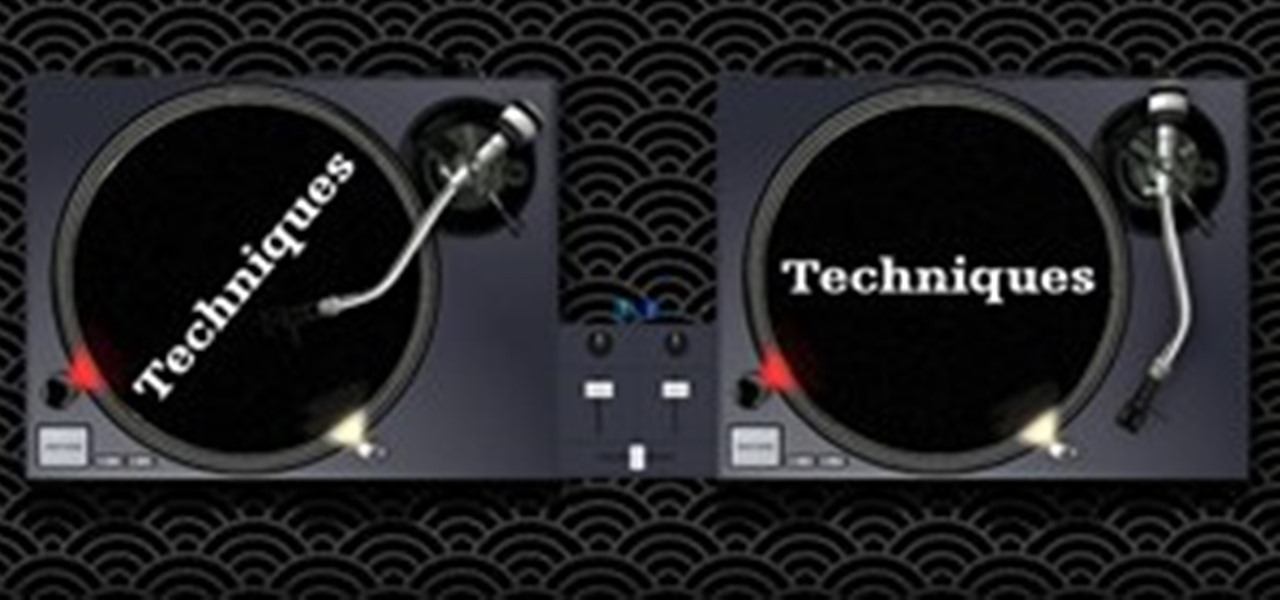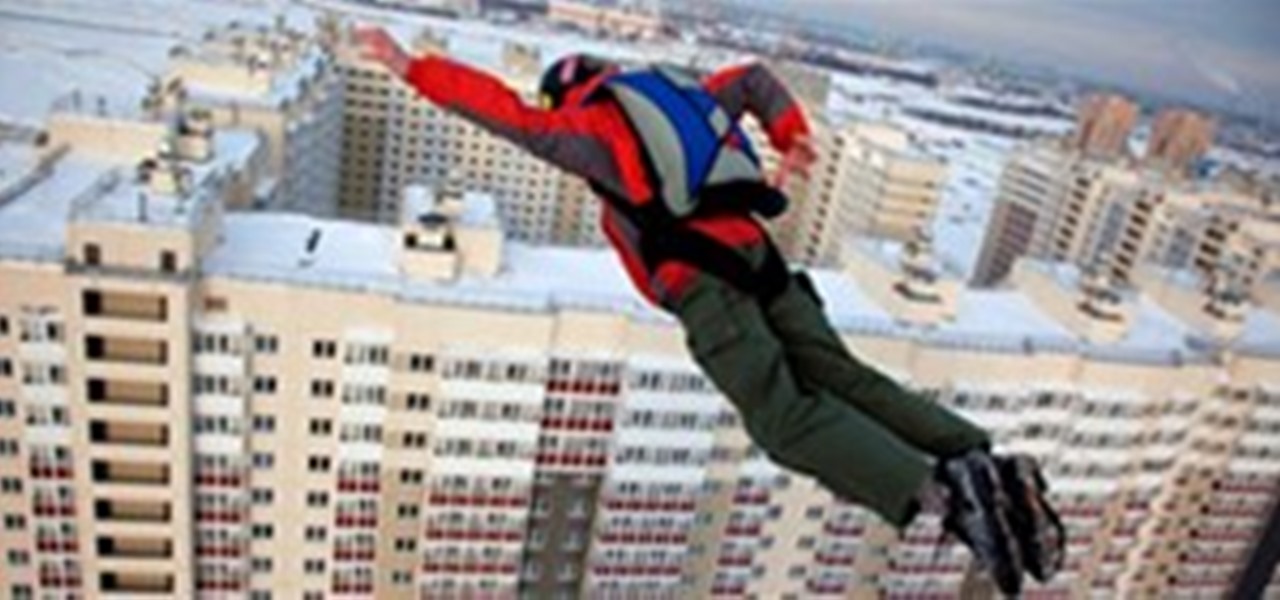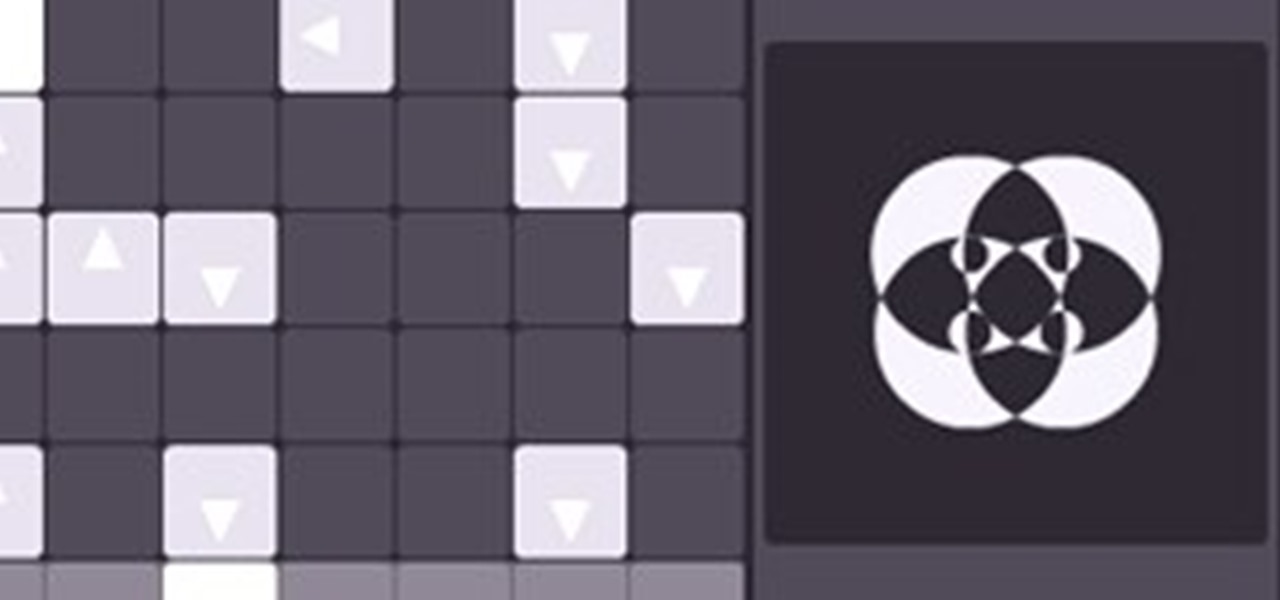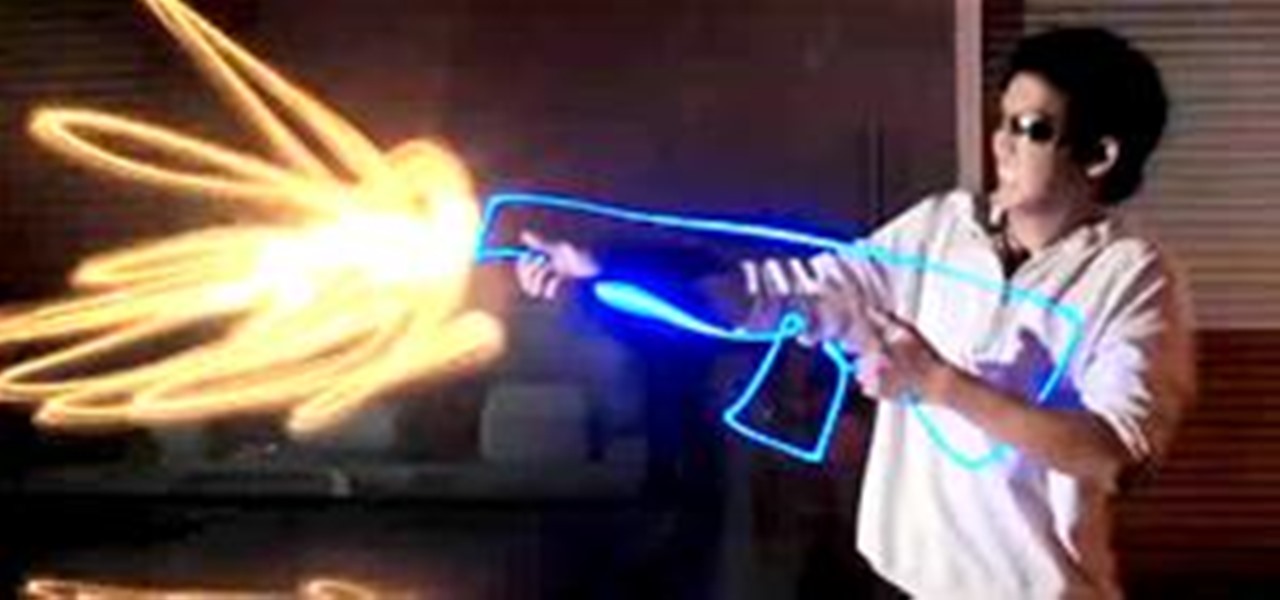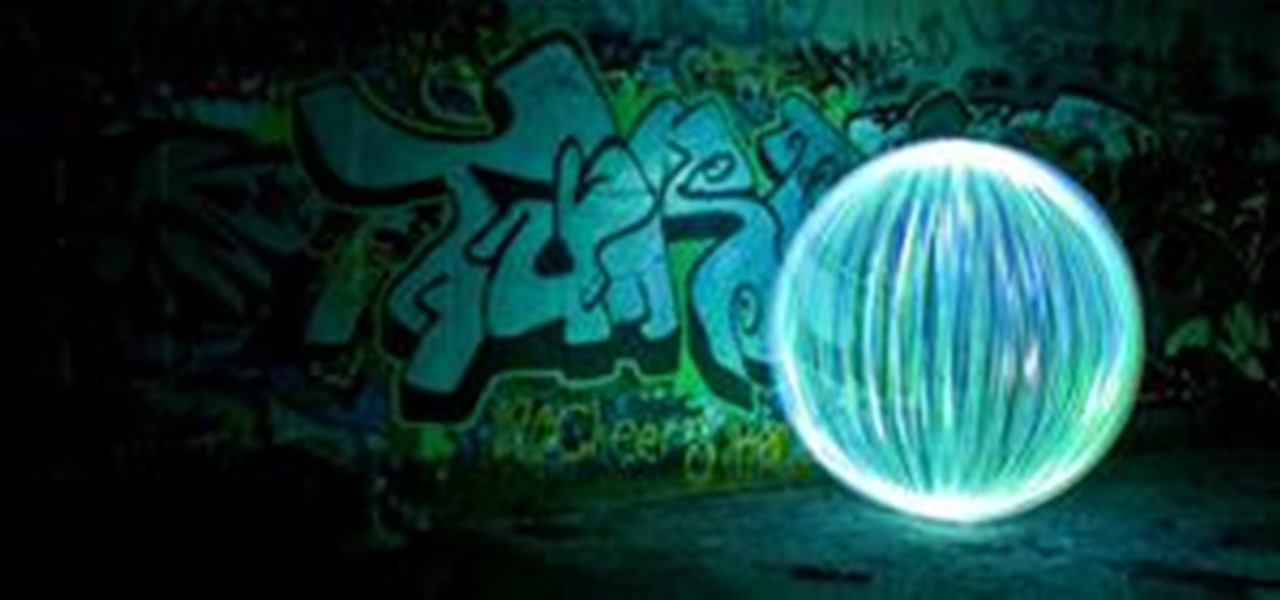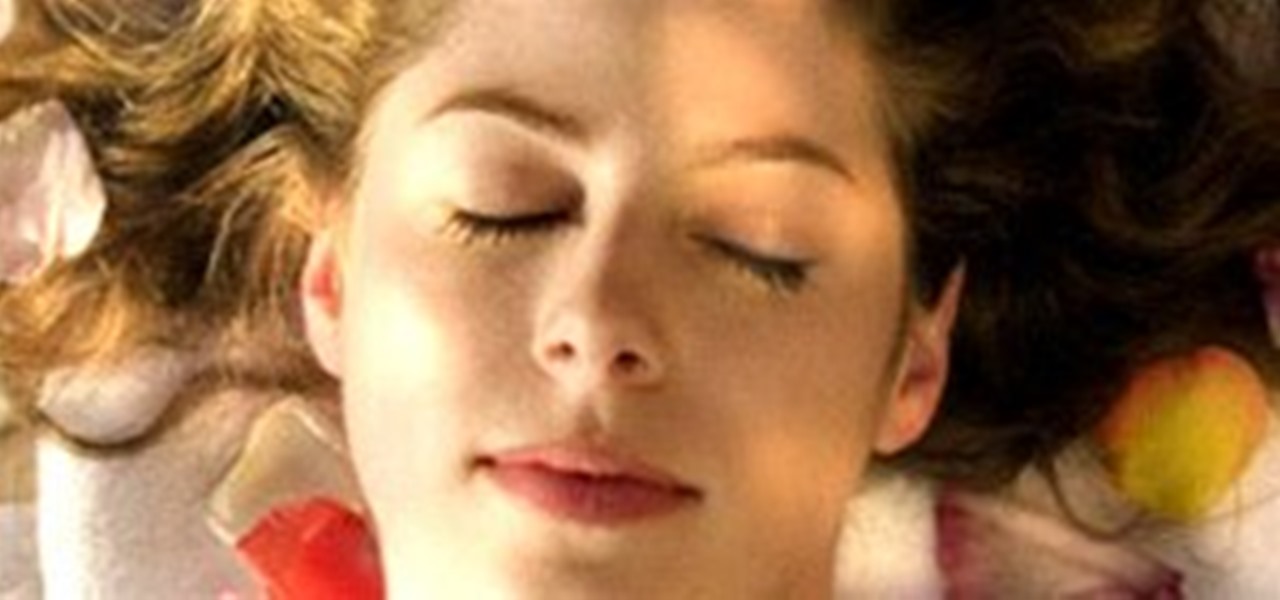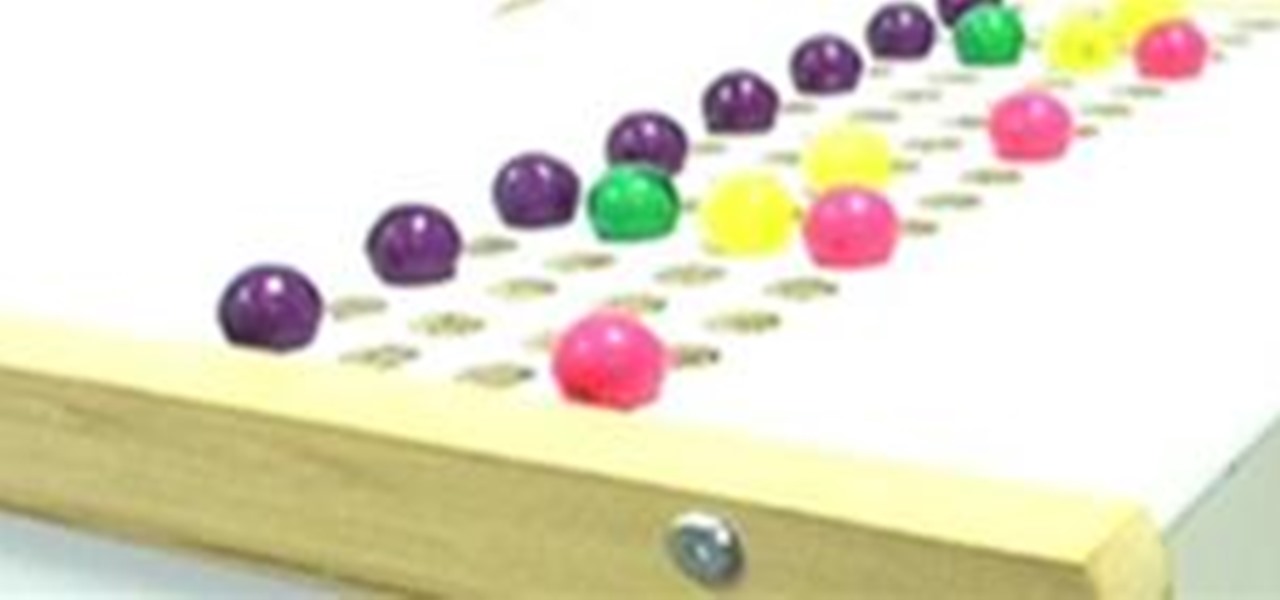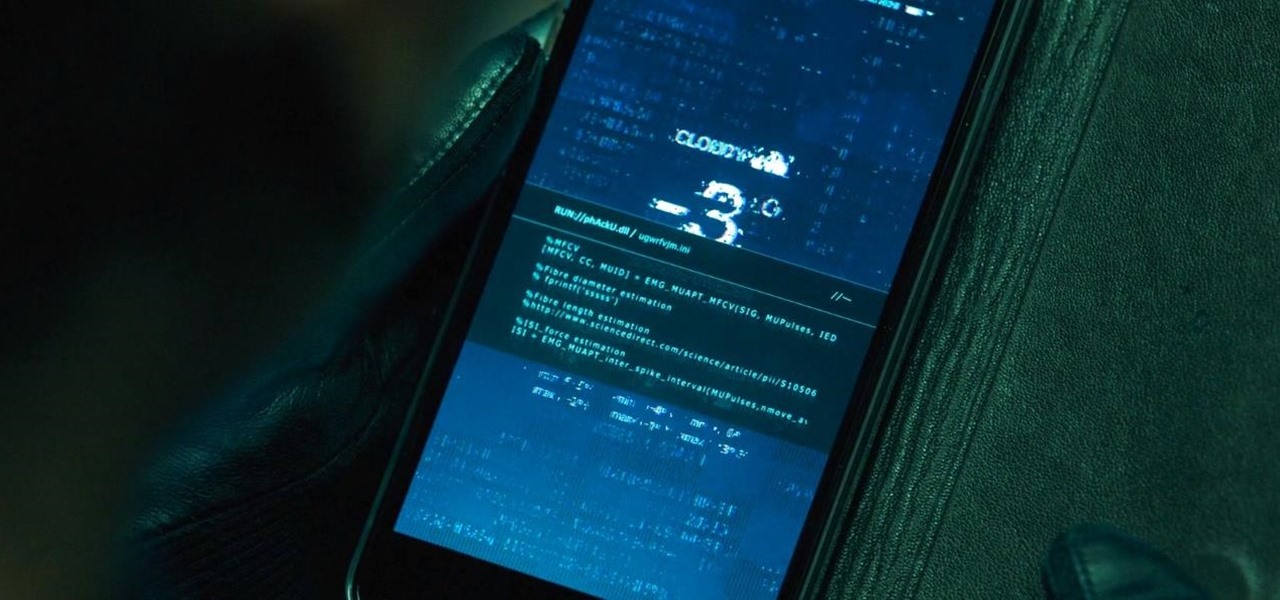
The latest film addition in the American-produced Millennium series, The Girl in the Spider's Web, was just released on Blu-ray a few days ago. As you could expect, the movie has many hacking scenes throughout, just like the previous English and Swedish language movies centered around hacker Lisbeth Salander. Of course, with the quick pace of some scenes, the hacks can be hard to follow.
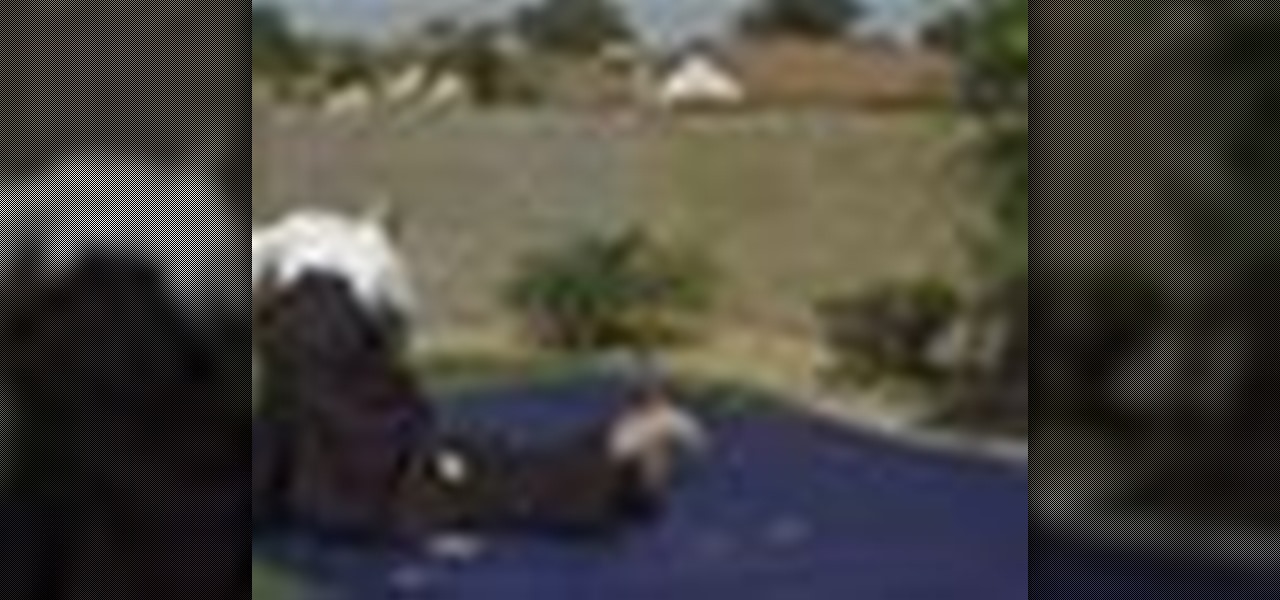
Aikido employs blocks, atemi, wrist locks, and principles of motion that allow you to defend a mid level punch or Mune Tsuki and gain control of your opponent. Learn intermediate Aikido techniques for avoiding and controlling an opponent's mid level punches in this free Aikido training video series featuring 4th degree black belt Gary Boaz.
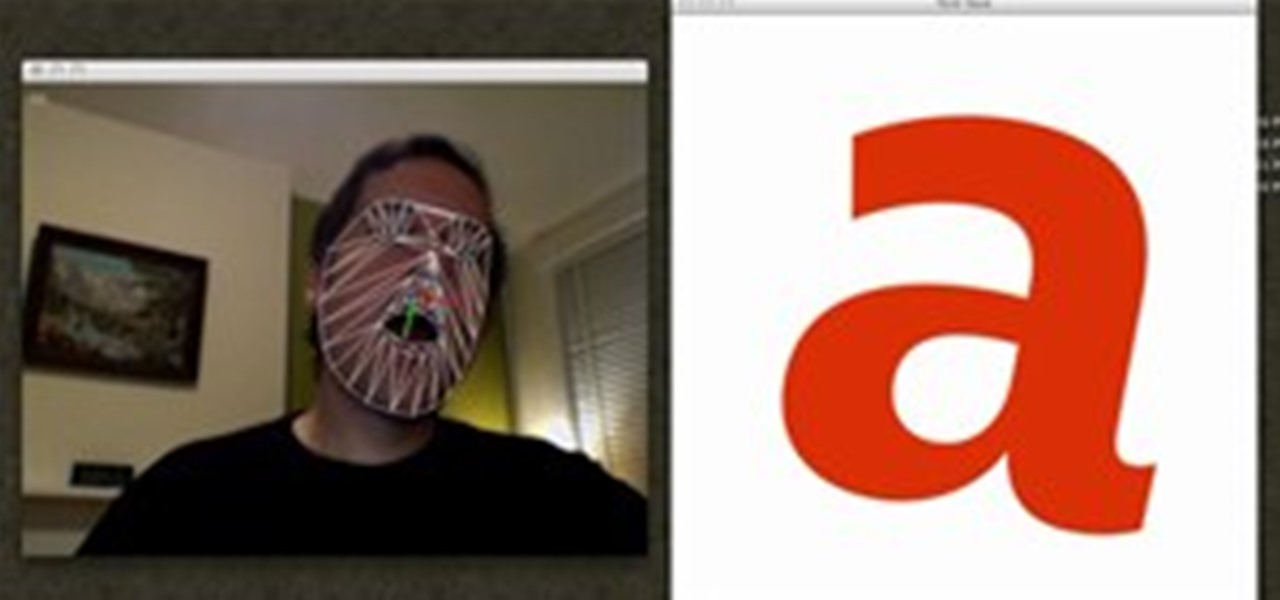
If you've ever used a font editing program to create a font, you know that one generally shapes the various forms by arranging points on a screen with a mouse. But what if those points were controlled by something other than fine motor skills? Andy Clymer of high profile type foundry Hoefler & Frere-Jones was interested in exploring alternative methods for how a typeface is developed; hence, "font-face" was born. Font-face employs facial recognition to control the design parameters of a font....

LiveOps is a web-based company that employs work-at-home employees to work as call operators. It is a top-notch call center that offers employees to take a range of different approaches to what they will be doing their time at LiveOps.
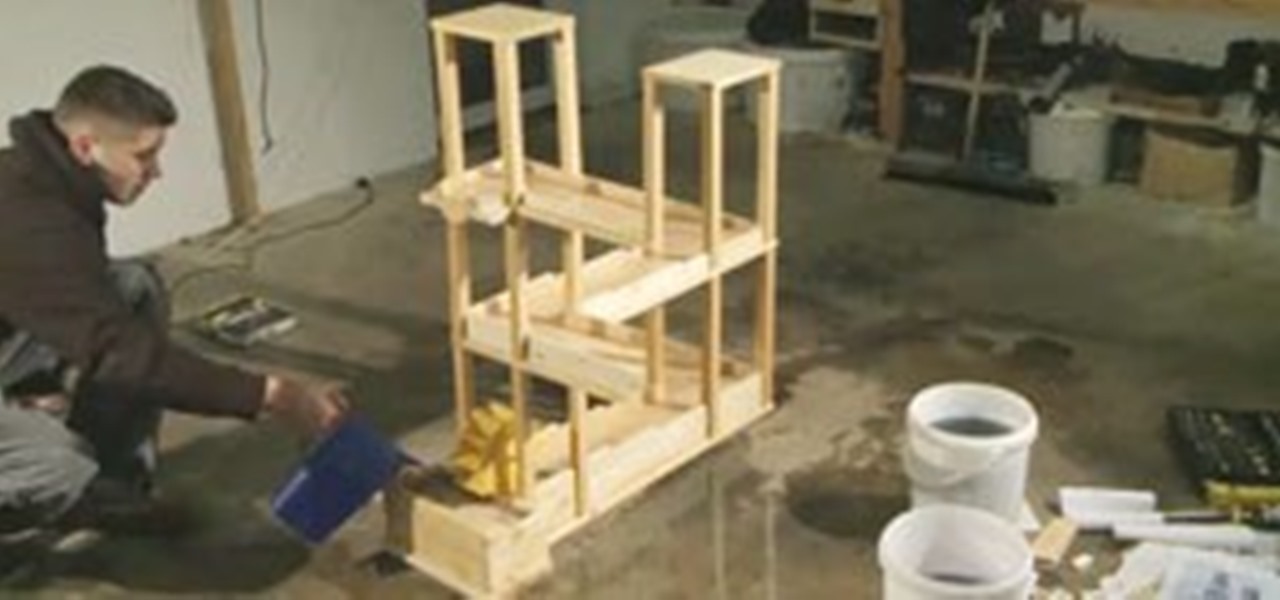
It takes a special kind of mind to look at an M.C. Escher drawing and see a blueprint. And yet, looking at this working 3D model of Escher's Waterfall, one gets the impression that YouTube's mcwolles may have done just that! One thing's clear: like Escher's famous lithograph, the video employs some manner of trickery. But what kind? Good, old-fashioned forced perspective? CGI? Do the shadows provide a clue? Let's hear it in the comments.

Inspired by Cornell's new, innovative robotic gripper (a sort of shape-shifting balloon hand), Steve Norris of Norris Labs decided to go DIY and make his own home-brewed replica at a lower cost.

Aspiring Scottish fashion designer James Faulkner brings all new meaning to the term upcycling. Faulkner uses wings, feathers and furs of actual roadkill for his headgear line. He line employs a variety of taxidermied vermin, including foxes, magpies, rabbits, wood pigeons, pheasants, mallards, crows and peacocks.

In this article, I'll show you how to make an awesome "Death Ray" using the large magnifying lens from an old projection TV. The lens is called a Fresnel lens; a device that employs several ridges to focus light, rather than a complete curve.

If you haven't participated in this week's Math Craft project on the platonic solids, maybe this will inspire you to do so.

Wheels of Steel is a virtual browser-based turntable emulator created by Scott Schiller, a Canadian developer who works on Flickr at Yahoo. This project will appeal to those who A) dig turntablism and B) are knowledgeable in web development. I know nothing of the latter, but from what I can tell, Wheels of Steel appears to be significant because unlike its predecessors, it employs CSS3 instead of flash. Since I'm not familiar with the topic, here's Scott on the history and technical details o...

If you've yet to witness B.A.S.E. jumping, it's an activity for adrenaline junkies first publicized by filmmaker Carl Boenish in '78. The freefall sport employs ram-air parachutes, and is most commonly executed in locations such as the highly elevated El Capitan rock formation of Yosemite National Park (El Capitan is also technically the birthplace of the sport).

It's more addictive than Angry Birds, perhaps as relaxing as transcendental meditation, and satisfyingly simpler than GarageBand. It's Otomata, a newly programmed generative sequencer designed by Batuhan Bozkurt, a Turkish sound artist, computer programmer, and performer. But really, it's best described as an audio/visual music toy that anybody can play online—with beautiful results.

You may be familiar with the graffiti art practice of light painting, or light writing (1, 2, 3, 4). Essentially, it is a practice that employs the manipulation of light, photography and stop motion animation.

We've seen several examples of light graffiti on WonderHowTo (1, 2, 3), but this one is truly eerily beautiful. Australian photographer Denis Smith pushes the envelope with his project Ball of Light.

Andrew Odewahn of O'Reilly Answers posts a HowTo on creating 3D(ish) images through simple processing. Odewahn employs the practice of stereoscopy (a technique for creating the illusion of depth in a 2D image):

Giveaway Tuesdays has officially ended! But don't sweat it, WonderHowTo has another World that's taken its place. Every Tuesday, Phone Snap! invites you to show off your cell phone photography skills.

This creation is an intuitive engineering masterpiece. In the video titled "I Eat Beats", creator Kyle McDonald can literally consume his music. Halfway through the video, this wild demonstration really heats up. He loops together three different people's improvisations to create an addictive and dynamic song.










